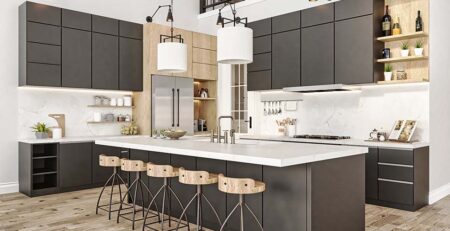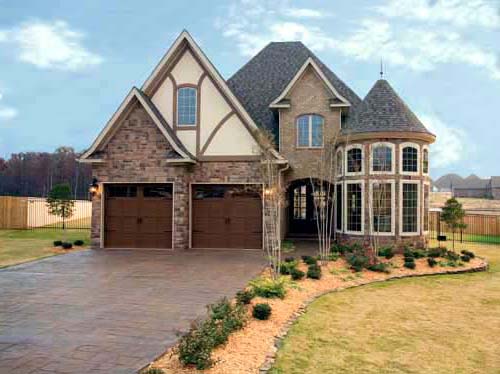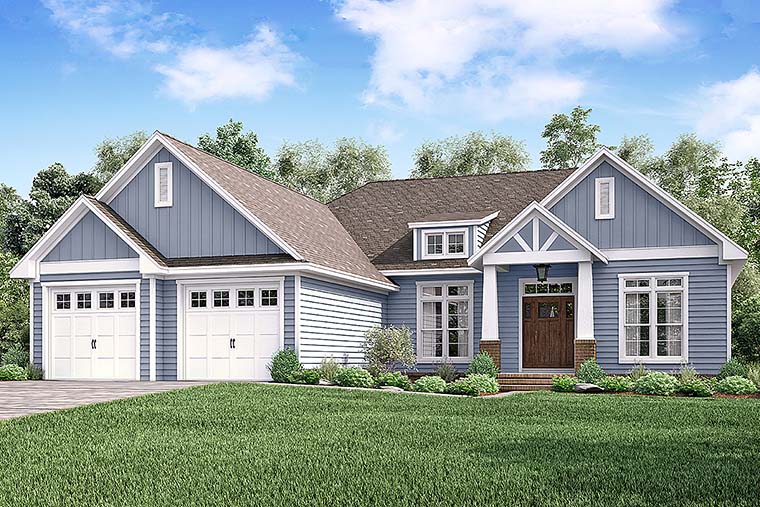How to Decorate Your Home Without an Interior Designer: A Beginner’s Guide
Buying a home is one of life’s most exciting milestones. For many, moving in is followed by an equally big challenge—turning those empty rooms into spaces that feel personal, stylish, and functional. Interior designers can make the process look effortless, but not every homeowner has the budget for professional help. The good news: with some planning, a bit of creativity, and an eye for balance, you can decorate your home beautifully on your own.
This guide walks through the fundamentals of how to decorate your home without an interior designer, helping you make confident choices from color palettes to furniture placement while keeping your budget and lifestyle in mind.
Define Your Personal Style
Every great home design starts with a vision. Before buying furniture or paint, spend time figuring out what look inspires you. Do you lean toward modern minimalism, farmhouse charm, mid-century lines, or a cozy eclectic mix? Browse Pinterest boards, design magazines, and home decorating blogs. Save images that resonate with you and note repeated themes—clean white walls, rustic wood beams, soft neutrals, or bold accent colors. You don’t have to lock into a single category; many of the most welcoming homes blend influences. The key is consistency so each room feels connected to the next.
Build a Cohesive Color Palette
One of the fastest ways to make a home look polished is with a clear color scheme. Aim for three to five main colors: a base neutral for walls and large surfaces, one or two complementary tones for furniture and textiles, and a bold accent for accessories or a statement piece. A timeless formula might pair warm white walls with gray upholstery, natural wood accents, and pops of navy or emerald. Lighter shades make spaces feel larger and brighter; darker hues add intimacy and drama. When in doubt, look to nature—earth tones, ocean blues, and leafy greens tend to age well.
Plan for Function and Flow
A beautiful home has to work for daily life. Think about how you use each space. Do you need a dining table that doubles as a workstation? Do kids and pets require durable fabrics and easy-clean surfaces? Start with the layout. Avoid pushing all furniture against the walls. Instead, create zones: a seating area in the living room, a reading nook near a window, or a breakfast corner in the kitchen. Leave clear walkways between doors and seating, and match furniture scale to the room. Oversized sofas overwhelm small spaces, while tiny rugs in large rooms look lost.
Layer Textures and Materials
Texture is what makes a room feel rich and inviting. A neutral sofa gains interest with a chunky knit throw, a leather accent chair, and a patterned rug. Mix wood, metal, glass, stone, and textiles to add depth and contrast. Designers often aim for at least three textures in every room. In a living room, think linen curtains, velvet pillows, and a woven jute rug. In a bedroom, try crisp cotton sheets, a tufted headboard, and a wool blanket. The variety keeps the space from feeling flat while staying true to your color palette.
Use Layered Lighting
Lighting can transform a room, yet it’s frequently overlooked. Think in layers: ambient, task, and accent lighting. Ambient light comes from general overhead fixtures; task lighting supports activities like reading or cooking; accent lighting highlights features such as art, shelves, or a dining table. Even on a budget, swapping builder-grade fixtures for stylish pendants or semi-flush mounts elevates a space. Add floor and table lamps to create warm pools of light and avoid the harshness of relying only on overhead bulbs.
Invest Where It Matters
It’s tempting to buy everything at once, but the best interiors are built over time. Prioritize key pieces that set the tone—sofa, bed, and dining table. Buy the highest quality you can afford in those categories; they anchor each room and see heavy use. Fill in later with decor, accent chairs, and textiles. This approach prevents settling for cheap items you’ll replace quickly and helps you avoid design drift as your style evolves.
Accessorize with Intention
Accessories bring personality to a home, but too many can feel cluttered. Treat them like jewelry for your rooms—choose thoughtfully. Use the rule of three for vignettes on coffee tables or shelves, and vary heights and shapes with books, candles, vases, and plants. Incorporate personal items such as travel souvenirs, framed photos, or heirlooms to make the design uniquely yours. Houseplants are an easy upgrade; even low-maintenance options like snake plants or pothos add freshness and texture.
Budget-Friendly Wins and DIY Ideas
Decorating without a designer invites creativity. Big-box stores provide stylish basics, while thrift shops and online marketplaces offer unique character pieces. Simple DIY projects—painting a dresser, creating a gallery wall, installing peel-and-stick wallpaper, or swapping cabinet hardware—deliver outsized impact. Mirrors can brighten dark corners and make small rooms feel larger. Area rugs define zones in open-plan living and protect flooring in high-traffic areas.
Room-by-Room Priorities
In the living room, start with a correctly sized rug that anchors seating; front legs of sofas and chairs should rest on it. Choose a sofa in a durable, neutral fabric, then layer color through pillows and throws. In the bedroom, invest in a supportive mattress and breathable bedding, and keep nightstand lighting at a comfortable height for reading. In the dining area, scale your table to the room and allow at least 36 inches of clearance around it; pendant lighting centered over the table finishes the look. Entryways benefit from practical elements: a slim console, mirror, hooks, and a washable runner to catch dirt.
Make It Yours—Confidently
Decorating your home without an interior designer can feel daunting, but it’s also a chance to build a space that reflects your life. Professionals follow repeatable principles—balance, proportion, color, texture, and light. Apply them thoughtfully and you’ll achieve a polished result. Define your style, plan your palette, map your layout, and add layers over time. The satisfaction of sitting in a room you designed yourself is hard to beat, and the result will be personal, functional, and welcoming.
Ready to take the next step in your home journey? Start with a floor plan that fits your lifestyle and future needs. Explore thousands of house plans that provide the perfect canvas for your design vision.









Leave a Reply